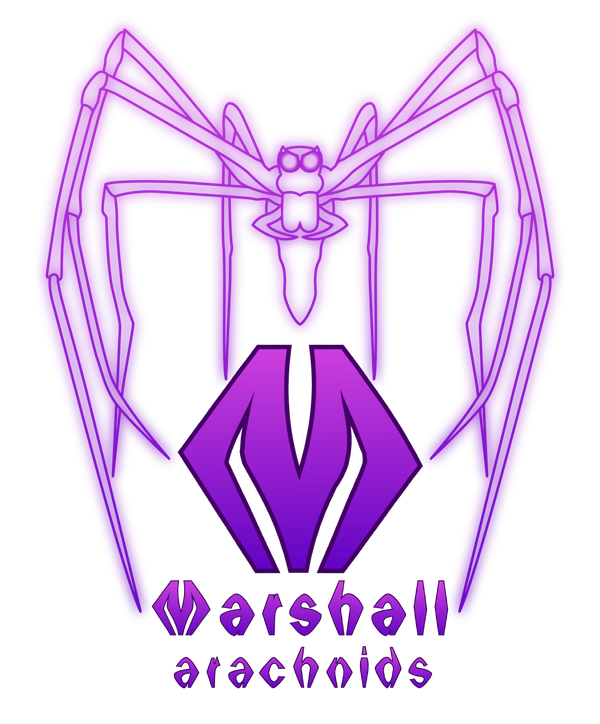orchid mantis care guide
description
the Indonesian orchid mantis (Hymenopus coronatus) is a striking white mantis with hints of pink and yellow that stays relatively small and unassuming, but is unmatched in its beauty and mimicry. At their first nymphal stage of development (referred to as L1, or i1), they sport striking orange and black coloration and are thought to mimic ants in appearance and behavior. But as soon as they molt to their second stage (“L2”), they show the characteristic white colors with slight yellow or pink hues. Both females and males have a set number of molts to maturity, with males maturing at L7 and females at L9. Females can reach a total body length of approximately 3”, while males usually top out at about 1”.
-

adult female
-

second instar nymph
-

subadult female
natural history
the orchid mantis is native to a large portion of Southeast Asia. Rainfall is often and plentiful in this region of the world, and temperatures are consistently warmer than what we consider ‘room temperature’. As the common name suggests, this species mimics flowers and is frequently found hiding and hunting among the flower petals. They are mostly ambush predators, waiting for unsuspecting flying prey to approach within striking distance, but particularly hungry and ambitious nymphs may chase prey a short distance as well. They have no issues hunting and eating even dangerous prey such as spiders and stinging wasps.
enclosure design
orchid mantis are a smaller-growing mantis species, with mature females measuring around 3” in length and mature males closer to 1”. As is the case with most mantis species in the hobby, the height of the enclosure is most important for proper development. Enclosure height should be about three to four times the body length of the mantis; excessively tall enclosures can be dangerous in case a molting mantis falls. Enclosure type can range from plastic to glass to full mesh, provided that ideal parameters are still met.
Orchid mantis can climb on smooth surfaces as nymphs, but as they get larger and heavier, we recommend attaching some sort of mesh to the smooth surfaces for more rough surface area. We house adult females in screen mesh enclosures measuring about 11” tall, although an Exo Terra Nano Tall 8x8x12 would also work great. Orchids typically choose to hang upside-down or on the sides of the enclosure, so adding hardscaping to the enclosure is not likely to be used often. We use mesh ribbon material as a grippable climbing structure that the mantis can climb all over and also walk through to prevent getting stuck.
Proper husbandry of this species absolutely requires a combination of high humidity and ample ventilation to prevent stagnant conditions, which can be improved with forced airflow. We keep a small portable fan in our animal room on the low setting. If you choose to use a fan, be sure to place it so it is not blowing directly at your enclosure.
maintenance
At Marshall Arachnids, we strive to take each species’ natural history into consideration when designing and maintaining vivaria for all of our invertebrate pets. We provide our orchid mantis of all sizes with a daily thermal gradient of about 75 to 85°F. These mantises are poikilothermic and modify their behavior in response to temperature and metabolic demands, so we do feel it important to provide a thermal gradient throughout the day, every day. We also mist daily to provide fresh water droplets to drink from and to raise ambient humidity temporarily.
Substrate is not necessary, as a healthy mantis might never touch it, but we keep substrate for live plants in some of our enclosures. Substrate can also serve as a sort of cushion in case of falls, and as a humidity bank if kept slightly damp. A water dish is unnecessary, as mantises prefer to drink from the water droplets on their legs or on the surface of the ceiling or wall.
Mantises eat very often; younger nymphs are fed daily, and older nymphs and adults should be fed every 2-3 days. Molting is usually foreshadowed by a swollen abdomen and fasting, although on several occasions we’ve had molts happen without any obvious signs prior. Similarly to tarantulas, mantises need lots of dietary moisture to molt successfully, so be sure to gently mist your mantis directly prior to molting. Handling is always a contentious topic; we do not handle our mantises except when necessary. If you do decide to try to handle your mantis, be very patient and move slowly around them. Allow them to climb on you as they please, and hold them over a surface like the floor or a table in case they jump or fall.
fun fact!
orchid mantises are typically white, but will sometimes show pink and yellow highlights on their legs when nearing a molt or immediately after molting. Each individual seems to vary slightly by coloration.






